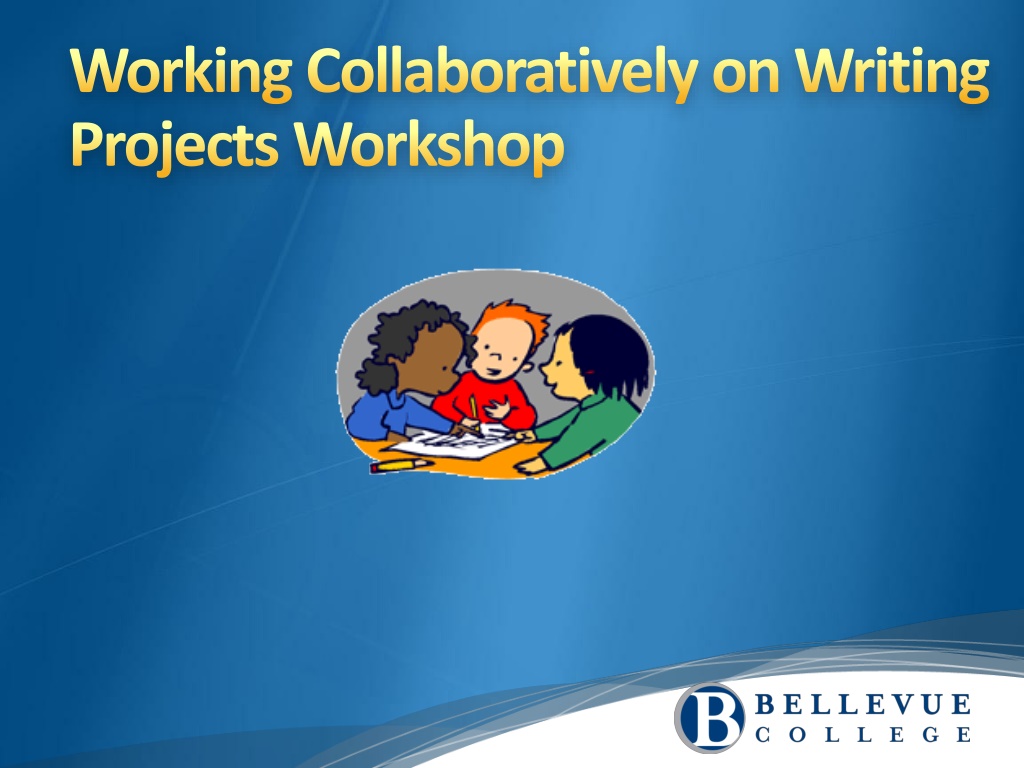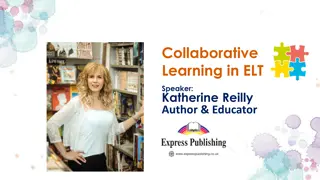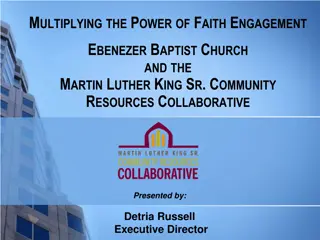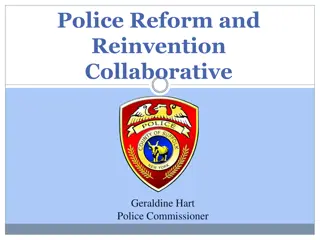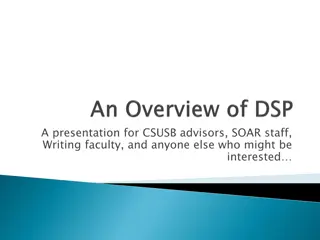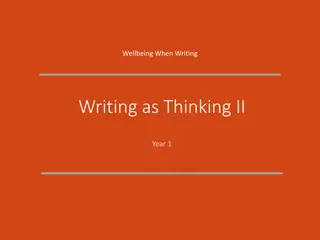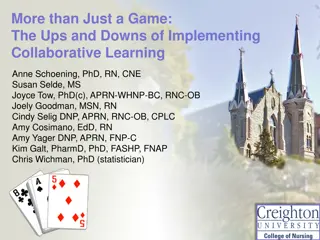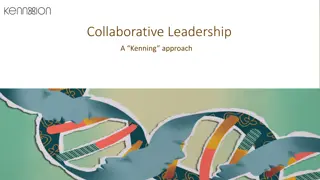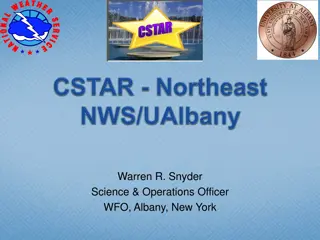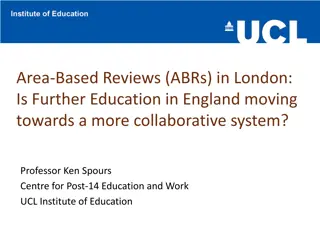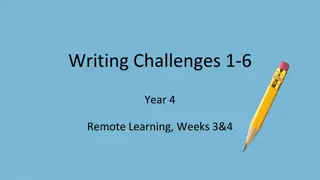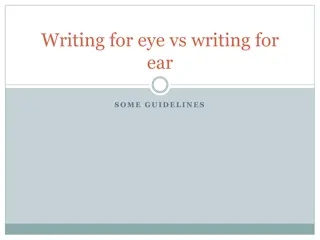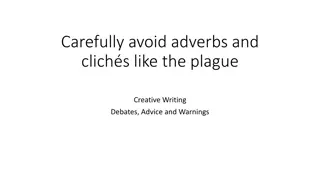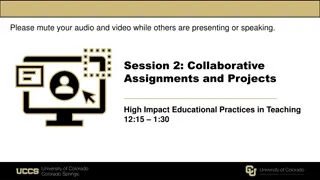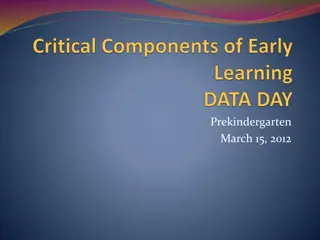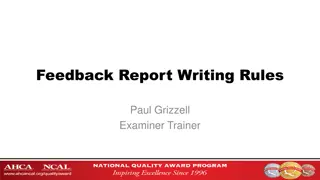Exploring Collaborative Writing Practices in Education
Discover the benefits and challenges of collaborating on writing projects, ranging from very intimate partnerships to more distant collaborations. Learn about the advantages of close collaboration, such as seamless text integration and clear role understanding, along with the drawbacks like coordination difficulties and time consumption.
Download Presentation

Please find below an Image/Link to download the presentation.
The content on the website is provided AS IS for your information and personal use only. It may not be sold, licensed, or shared on other websites without obtaining consent from the author. Download presentation by click this link. If you encounter any issues during the download, it is possible that the publisher has removed the file from their server.
E N D
Presentation Transcript
Working Collaboratively on Writing Projects Workshop
Why Collaborate on Writing? Why do we write collaboratively? Composition and rhetoric teachers and scholars have known for a long time now that one of the best ways for students to improve their writing skills is to have them share their writing with other students. Almost all real writing is the product of collaboration.
Types of Collaboration Considering (and Balancing) the Two Extremes of Collaboration Collaboration always implies people working together toward a goal, but I like to think that the way collaboration actually works as being somewhere between two extremes. Very immediate and intimate Very distant
Very Immediate and Intimate Collaboration One extreme is what I call very immediate and intimate collaboration, where writers collaborate extremely closely, literally sitting together in front of the computer keyboard or the pad of paper and going over each sentence of each paragraph together.
Very Immediate and Intimate Collaboration The advantages of this very close collaboration include An equal and immediate sense for everyone involved about how the project is going; Writing projects that are more seamless: that is, all of the different parts fit together clearly as one complete text; and A greater sense by individuals within a group of their roles, since all the group members are working together in the same time and place.
Very Immediate and Intimate Collaboration The disadvantages of this type of collaboration include Hard workers in the group might resent the group members who do not seem to contribute an equal part, or some members of the group might feel they are being silenced and manipulated by more forceful group members; It can be difficult to coordinate times and places to meet; and It is extremely time consuming, especially if the group is collaborating on creating a more detailed writing project.
Very Distant Collaboration The other extreme of collaboration is what I call very distant collaboration, where writers divide up the labor of a particular project into smaller tasks that can be then assigned to members of the group and put together later, assembly line fashion.
Very Distant Collaboration Some of the advantages of this type of collaboration include It is easy to set up tasks so each group member has the opportunity to contribute equally without duplicating the work of others; It can be done with few (if any) meetings where all of the group members need to be present; and Tasks can be accomplished quickly since all group members are simultaneously working on their parts of the project.
Very Distant Collaboration The disadvantages include Because it is being done in parts, the completed project may seem disjointed and uneven; It can be difficult to manage this sort of collaboration since the individual parts of the project have to somehow be put together, usually by a group leader, someone who is named by the others, or someone who takes on the role; and There can be resentment within the group, either from leaders who other members of the group feel are doing a poor job, or of those within the group perceived as not doing their share of the work.
Collaboration Choice Where most collaborative projects end up on the collaboration spectrum depends on the nature of the collaborative task. For example, things like in-class peer review of each others rough drafts, in-class reading and writing assignments, or shorter collaborative writing projects tend to end up closer to very immediate and intimate collaboration. Things like collaborative research writing projects, research-oriented web sites, or other longer and more detailed writing projects tend to be closer to the very distant collaboration side of the spectrum.
Collaborative Story Work as a group of three to write a six sentence paragraph on the most important qualities a President of the United States should have (and why)? Use your imagination the zanier the better. The only thing that matters is successful completion of the paragraph, so be creative in your process.
Collaborative Story Discussion Questions Questions How did you decide on dividing the writing tasks? Did everyone contribute fairly? Did your process allow for you to successfully create a cohesive story? What were the advantages and disadvantages of your process? How would you change your process in the future?
